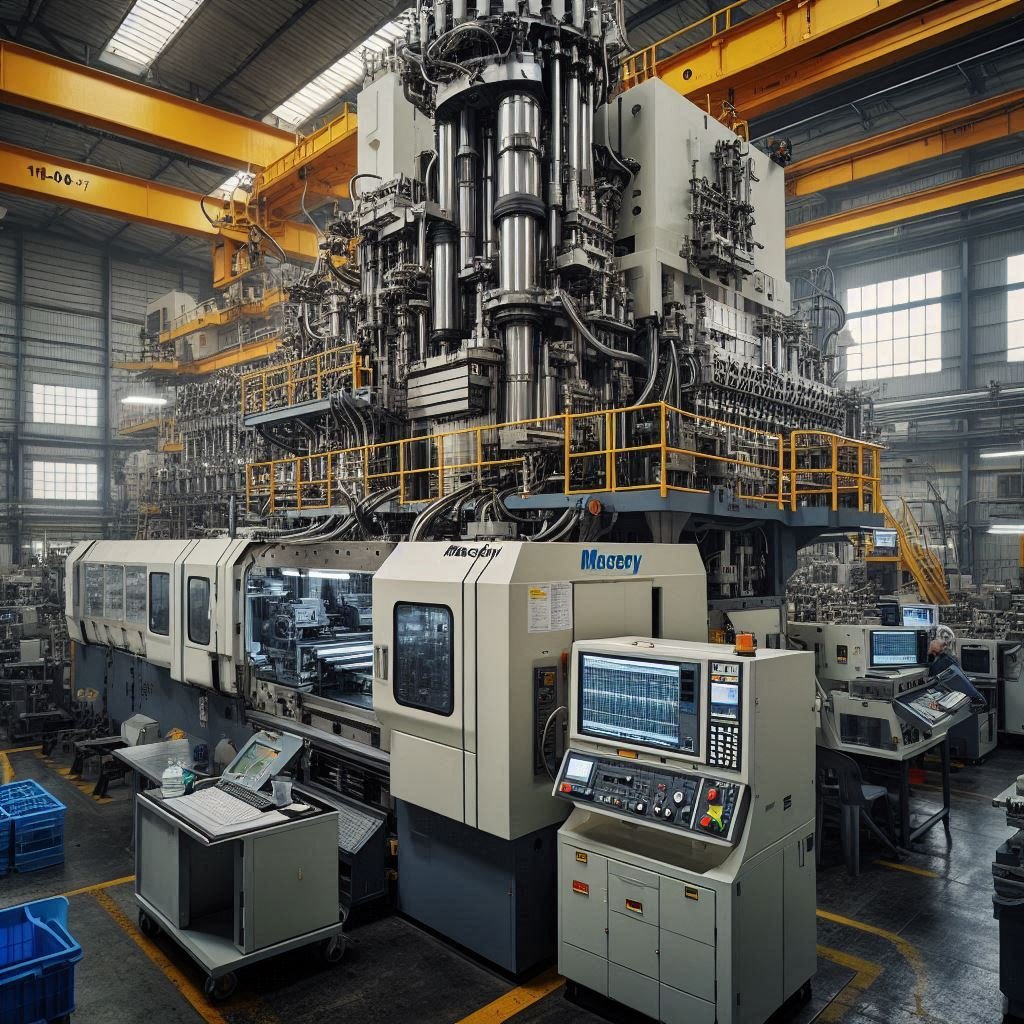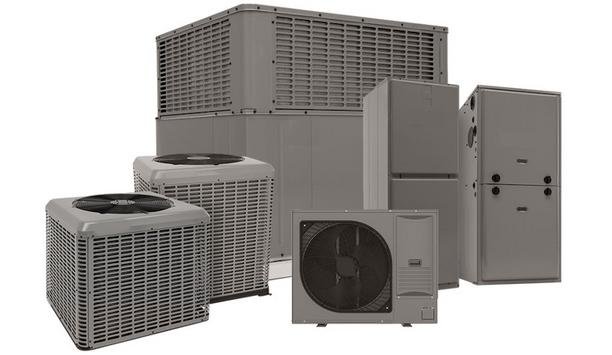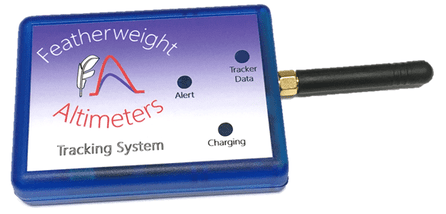In the realm of seismic exploration, velocity model building stands as a cornerstone, essential for accurately imaging the subsurface. Traditionally, this process has relied on methods rooted in physics and geophysics, demanding significant time, expertise, and computational resources. However, the advent of machine learning has introduced a new paradigm, offering a more efficient and precise approach to velocity model building, particularly from raw shot gathers. This article delves into how machine learning is revolutionizing this critical process, enabling real-time data processing and significantly enhancing the accuracy of seismic imaging.
Introduction to Velocity Model Building
Velocity models are fundamental in seismic exploration, serving as a crucial tool for subsurface imaging and interpretation. These models provide a representation of how seismic waves travel through the Earth, which is vital for identifying and characterizing subsurface features such as oil and gas reservoirs. Traditional velocity model building methods often involve iterative processes that can be time-consuming and computationally intensive. These methods typically rely on manual interpretation, which introduces the potential for human error and subjectivity.
backbone of seismic
Accurate velocity models are of utmost importance. They are the backbone of seismic imaging techniques such as migration, where they help to position subsurface reflectors correctly. Inaccurate models can lead to errors in depth imaging, which in turn can result in significant financial and operational risks, particularly in the oil and gas industry.
You may also read: A Comprehensive Guide to the Cincinnati Milacron Injection Molding Machine 110-7
The Role of Raw Shot Gathers in Seismic Imaging
Seismic surveys primarily collect raw shot gathers, which contain recorded signals from seismic sources after they travel through the Earth’s subsurface. These gathers are rich with information about the subsurface structures and properties, making them invaluable for velocity model building.
However, raw data often contain noise and complexity, requiring substantial preprocessing for effective use. In seismic imaging, we build velocity models on the foundation of raw shot gathers, and the quality and accuracy of the velocity model depend directly on how well we process and interpret these shot gathers.
Traditionally, this process has been labor-intensive, with geophysicists manually picking key features from the data. Machine learning, however, offers a more automated and consistent approach, capable of handling the vast amounts of data typical of modern seismic surveys.
Introduction to Machine Learning in Seismic Data Processing
Machine learning, a subset of artificial intelligence, has rapidly gained adoption across various industries because of its ability to analyze large datasets and extract meaningful patterns.It suits seismic data processing particularly well due to the sheer volume and complexity of the data. By leveraging machine learning algorithms, geophysicists can automate many of the processes involved in seismic data interpretation, reducing the time and effort required while improving accuracy.
Machine learning applications in seismic data processing range from noise reduction and signal enhancement to more complex tasks like velocity model building. Machine learning identifies patterns and relationships in the data that traditional methods might miss. Additionally, machine learning models can train on large datasets and continuously improve as more data becomes available.
Why Machine Learning is Ideal for Velocity Model Building
The application of machine learning to velocity model building offers several distinct advantages. Firstly, machine learning models can process large datasets much faster than traditional methods, making them ideal for handling the massive volumes of data generated during seismic surveys. This speed is particularly beneficial in scenarios that require real-time data processing, such as during exploration drilling.
Machine learning also excels in dealing with complex datasets. Seismic data is inherently noisy and can contain multiple overlapping signals. Traditional methods may struggle to disentangle these signals, but machine learning algorithms, particularly those based on deep learning, can identify and extract relevant features from the data with high precision.
Another significant advantage of machine learning is its ability to improve over time. As you collect more seismic data and use it to train machine learning models, the models become increasingly accurate. This continuous improvement is crucial in velocity model building, where even small errors can lead to significant inaccuracies in subsurface imaging.
Steps in Velocity Model Building Using Machine Learning
The process of building a velocity model using machine learning involves several key steps, each crucial for ensuring the accuracy and reliability of the final model.
Data Acquisition: The first step involves collecting raw shot gathers from seismic surveys. These data serve as the input for the machine learning model.Acquiring high-quality data is essential because the model’s performance directly depends on the quality of the input data.
Data Preprocessing:
Raw shot gathers are typically noisy and require preprocessing before you can use them in a machine learning model. This step involves reducing noise, normalizing data, and extracting features. The goal is to prepare the data in a format that the machine learning algorithm can use effectively.
Model Selection: Choosing the right machine learning model is critical. Depending on the nature of the data and the specific requirements of the project, different algorithms may be used. Common choices include supervised learning models, neural networks, and deep learning techniques.
Training the Model:
Once the data has been preprocessed and the model selected, the next step is to train the model. This involves feeding the model with training data (a subset of the raw shot gathers) and allowing it to learn the underlying patterns in the data. The model’s performance is continuously evaluated and refined during this step.
Validation and Testing:
After training, the model is validated and tested using a separate dataset. This step is crucial for ensuring that the model generalizes well to new, unseen data and does not simply memorize the training data.
Deployment:
The final step is deploying the trained model in a real-world settingThis involves integrating the model into the seismic data processing workflow, allowing it to build velocity models from new seismic data in real-time.
FAQs on Velocity Model Building from Raw Shot Gathers Using Machine Learning
- What is a velocity model in the context of geophysics?
- A velocity model is a representation of subsurface velocities of seismic waves, which is crucial for accurately imaging and interpreting the Earth’s interior.It converts seismic travel times into depth and helps understand geological structures.
- How does machine learning contribute to building velocity models?
- Machine learning (ML) can analyze large datasets from raw seismic shot gathers to identify patterns and relationships that traditional methods might miss. ML algorithms can automate feature extraction, enhance the resolution of velocity models, and improve the accuracy of subsurface imaging.
- What are raw shot gathers?
- Seismic data recordings, known as raw shot gathers, come from multiple shot points (sources) and receivers. They contain information about the travel times and amplitudes of seismic waves as they propagate through the Earth.
- What machine learning techniques are commonly used for velocity model building?
- We often employ techniques such as neural networks (including convolutional and recurrent neural networks), support vector machines, and ensemble methods (like random forests and gradient boosting). These techniques can help in tasks such as feature extraction, anomaly detection, and model prediction.
- What are the key steps involved in using ML for building velocity models?
- Key steps include:
- Data Preprocessing: Cleaning and preparing raw shot gathers for analysis.
- Feature Extraction: Identifying relevant features from the seismic data.
- Model Training: Using ML algorithms to learn from labeled datasets (if available).
- Model Validation: Assessing the model’s accuracy and generalizability using validation datasets.
- Model Refinement: Tuning and optimizing the model based on performance metrics.
- Velocity Model Generation: Applying the trained model to generate or update velocity models.
- Key steps include:
- What are the benefits of using ML over traditional methods?
- ML can handle large volumes of data more efficiently, uncover complex patterns, and provide more accurate and detailed velocity models. It can also reduce the manual effort involved in interpreting raw data and enhance the speed of model generation.
- What challenges are associated with using ML for this purpose?
- Challenges include the need for large and high-quality datasets for training, the complexity of tuning ML models, and the requirement for domain expertise to interpret results. Additionally, ML models may require significant computational resources.
- To evaluate the performance of an ML-based velocity model, you can?
- We can evaluate performance using metrics such as accuracy, precision, recall, and F1 score. Cross-validation techniques can help ensure the model’s robustness. Comparing the ML-generated velocity model with known ground truth data or traditional models can also provide insights into its accuracy.
- Are there any specific tools or software for applying ML to seismic data?
- Yes, there are various tools and software platforms that support ML applications in seismic data analysis, including TensorFlow, PyTorch, scikit-learn, and specialized geophysical software packages that integrate ML capabilities.
- How can one get started with applying ML to velocity model building?
- Start by acquiring a solid understanding of both seismic data and machine learning principles. Familiarize yourself with the relevant software and tools. It’s also helpful to study case studies and research papers on ML applications in geophysics. Collaboration with domain experts and ML practitioners can also provide valuable insights and guidance.




